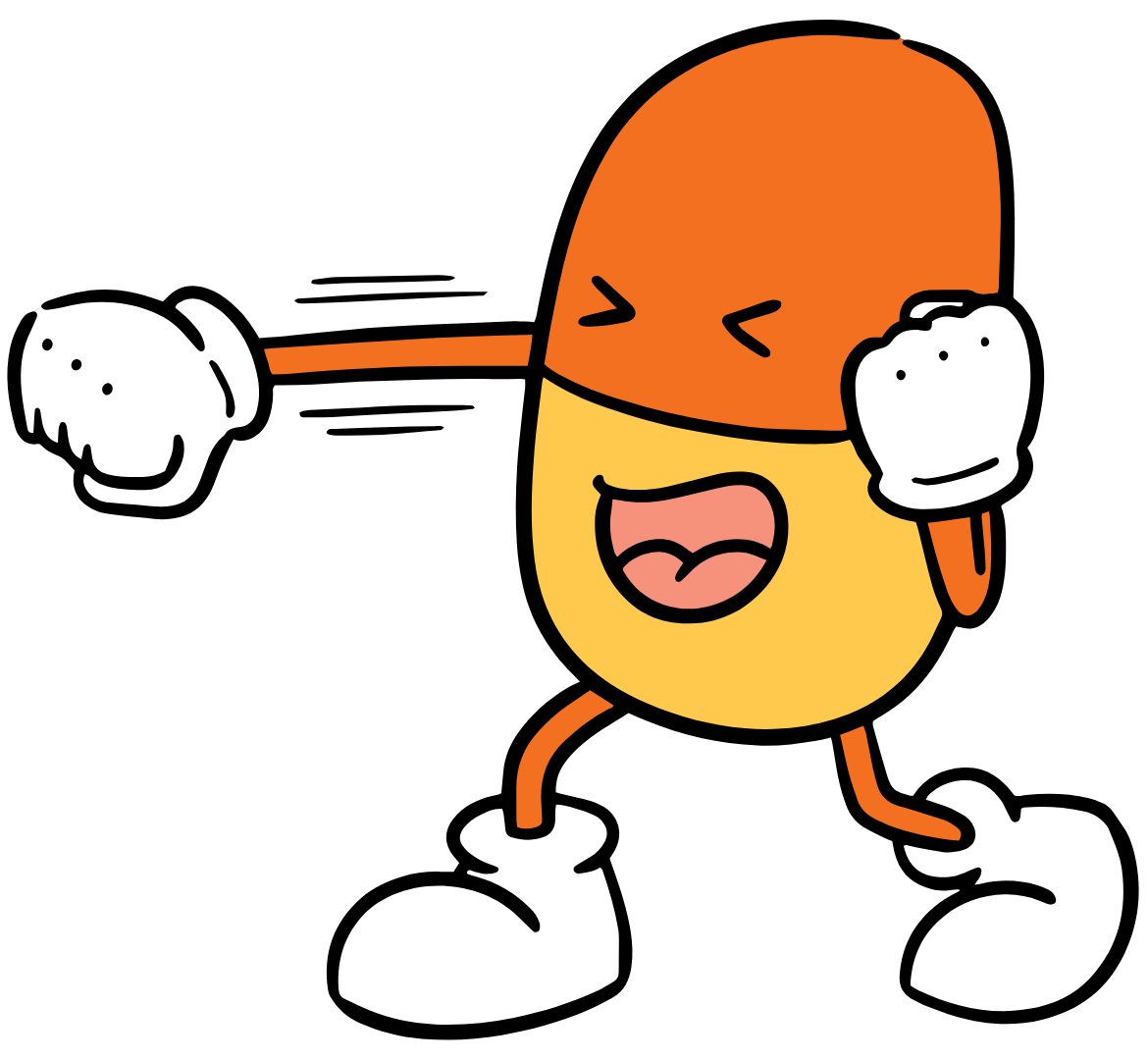Deep TMS Therapy Explained (Benefits & Risks)

Ever wondered if there’s a way to treat stubborn mental health issues without medication or invasive procedures? Well, there is, and it involves magnets stimulating your brain.
Let me introduce you to Deep Transcranial Magnetic Stimulation (Deep TMS) – a cutting-edge therapy that’s giving new hope to people with treatment-resistant conditions like depression and OCD.
As someone who’s obsessed with finding effective health solutions that don’t involve popping pills or going under the knife, I find this technology fascinating. Let’s dive into what it is, how it works, and whether it might be right for you or someone you care about.
What Is Deep TMS and How Does It Work?
Deep TMS uses powerful electromagnetic pulses to wake up sleepy parts of your brain that might be causing your mental health symptoms. Think of it as a jump start for your neural circuits.
Unlike regular TMS (the older, less powerful cousin), Deep TMS uses a special helmet with what’s called an “H-coil” that can reach deeper brain regions and cover wider areas at the same time.
Here’s the coolest part: you just sit in a comfy chair wearing this funky helmet for about 20 minutes while it does its thing. No surgery, no anesthesia, no recovery time. You can literally go back to work right after your session.
The science behind it is pretty straightforward:
- The magnetic pulses create small electrical currents in your brain tissue
- These currents stimulate neurons that might be underactive
- With repeated sessions, your brain forms new neural connections (thanks to neuroplasticity – your brain’s ability to rewire itself)
- These new connections help restore healthy brain function
For example, if you have depression, certain parts of your prefrontal cortex might be underactive. Deep TMS targets these areas specifically to boost their activity.
Conditions Treated with Deep TMS

The FDA has officially given Deep TMS the green light for treating:
Major Depressive Disorder (MDD)
Especially when medications and therapy haven’t worked. If you’ve tried multiple antidepressants with no luck, this could be your next step.
Obsessive-Compulsive Disorder (OCD)
Deep TMS has shown impressive results for people stuck in obsessive thought patterns and compulsive behaviors by regulating the brain circuits involved.
Smoking Cessation
Trying to kick the cigarette habit? Deep TMS can help reduce cravings when other approaches have failed.
But that’s not all. Researchers are constantly finding new applications. Clinical trials are exploring its use for:
- Anxiety disorders
- PTSD
- Bipolar depression
- Alzheimer’s disease
- Parkinson’s symptoms
- Stroke rehabilitation
The potential seems almost limitless as we learn more about how different brain regions affect our mental health.
The Treatment Experience

So what’s it actually like to get Deep TMS? Here’s the typical process:
- You’ll have an initial consultation to determine if you’re a good candidate
- If approved, you’ll typically need daily sessions (5 times a week) for 4-6 weeks
- Each session lasts about 20 minutes
- You sit in a chair while wearing the specialized helmet
- You might feel some tapping or tingling on your scalp (like someone gently tapping with their fingers)
- After treatment, you can immediately return to normal activities
Most people describe the sensation as weird but not painful. You might get a mild headache or feel some scalp irritation afterward, but nothing that should disrupt your day.
The best part? No brain fog, no weight gain, no sexual side effects like you might get with medications.
Results and Success Rates
Now for the million-dollar question: Does it actually work?
The research says yes. Clinical studies show:
- About 80% of patients report significant symptom improvement
- Around two-thirds achieve remission or near-remission of depression
- Many experience long-lasting relief, sometimes maintaining benefits for a year or longer
- Some patients can reduce or even stop their medications after successful treatment
One woman I read about described it as “the fog lifting” after years of treatment-resistant depression. Another said it was like “someone turned the lights back on” in her life.
Of course, not everyone responds the same way. Like any treatment, results vary from person to person.
Safety and Side Effects

Deep TMS has an impressive safety profile. The most common side effects are:
- Mild headache (usually goes away quickly)
- Scalp discomfort at the stimulation site
- Jaw tightness or facial twitching during treatment
Serious side effects like seizures are extremely rare (less than 0.1% of patients).
Compare that to the laundry list of potential side effects from psychiatric medications, and you can see why many people are interested in this alternative.
The treatment is contraindicated (fancy medical way of saying “don’t do it”) if you have:
- Metal implants in or near your head (except dental fillings)
- Implanted medical devices like pacemakers
- A history of seizures (in some cases)
- Certain neurological conditions
Your doctor will go through a detailed screening to make sure it’s safe for you.
Is Deep TMS Right for You?
You might be a good candidate if:
- You’ve tried multiple medications without success
- You can’t tolerate the side effects of antidepressants
- You’re looking for a non-drug approach to treatment
- You can commit to regular sessions for several weeks
- Your insurance covers it (many now do)
It’s especially worth considering if you have treatment-resistant depression or OCD that hasn’t responded to standard approaches.
Cost and Insurance
Let’s talk money.
A full course of Deep TMS isn’t cheap – we’re typically looking at several thousand dollars without insurance. However, good news: many insurance companies now cover it, especially for conditions like treatment-resistant depression.
Medicare and many major private insurers recognize it as a legitimate treatment option when medications have failed. Coverage varies by plan, so you’ll want to check with your provider.
Most clinics that offer Deep TMS will help you navigate insurance and may offer payment plans to make it more accessible.
My Take on Deep TMS

After researching this topic thoroughly, I’m impressed by the potential of Deep TMS as an alternative to medication-based approaches. The ability to directly modulate brain activity without systemic side effects represents a significant advancement in mental health treatment.
While it’s not a miracle cure, it offers genuine hope for people who haven’t found relief through conventional methods. The non-invasive nature and excellent safety profile make it particularly appealing.
If you or someone you love is struggling with treatment-resistant depression or OCD, Deep TMS deserves consideration. As with any medical treatment, talk to a qualified healthcare provider who can assess your specific situation and help determine if it’s the right option for you.
Mental health treatment isn’t one-size-fits-all, and having more effective tools in our toolbox is always a good thing.

